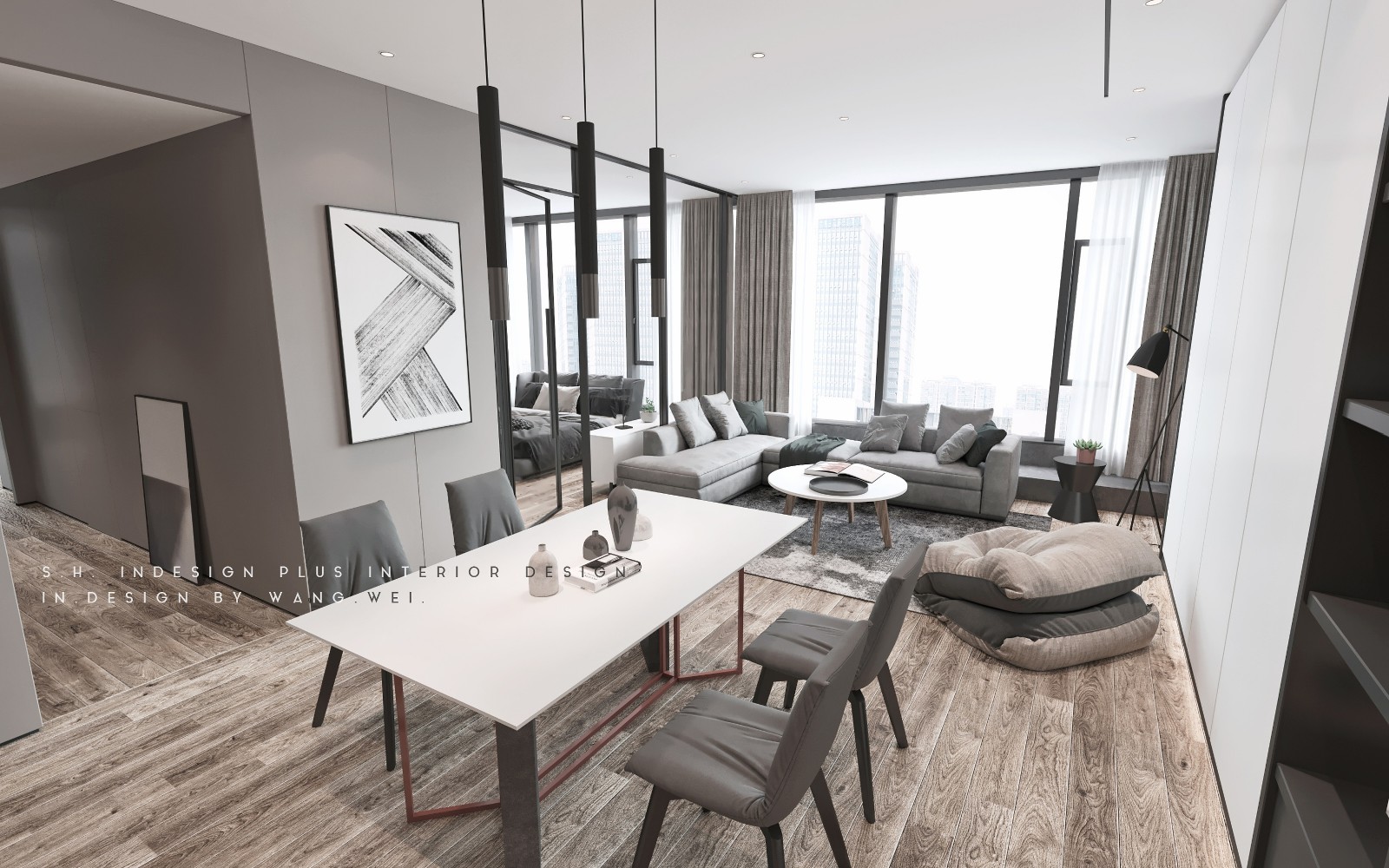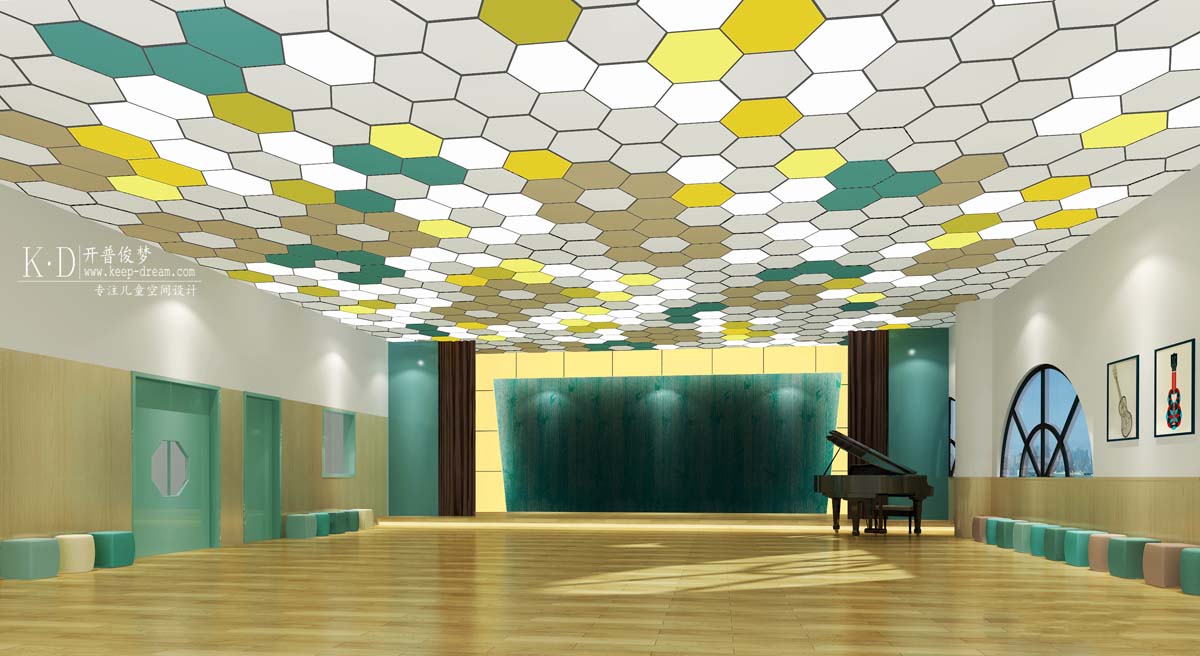Minsheng Contemporary Art Museum Studio Pei
2015-07-28 20:00
架构师提供的文本描述。民生当代艺术博物馆是20世纪80年代对一家老工厂的改造。
Text description provided by the architects. Minsheng Contemporary Art Museum is a renovation of an old factory from the 1980s.
它的开放性、多样性、灵活性,使它有别于一贯单调、隐秘的典型画廊。这将是中国当代艺术最大的公共专用展览空间。
Its openness, diversity, flexibility make it different from typical galleries, which are always monotonous and secluded. It will be the largest public dedicated exhibition space for Chinese contemporary art.
快速的城市化不仅给我们带来了物质文明遗产,也给我们带来了巨大的浪费。爱新恨旧的倾向导致许多老建筑被遗弃。位于798地区的松下工厂遭到破坏和破坏,但其粗糙、朴素和真实的工业建筑特征恰好与当代艺术的态度相吻合。
The rapid urbanization brings us not only material civilization heritage, but also a huge amount of wastes. The propensity of love the new and loathe the old causes many old buildings being abandoned. The Panasonic factory at 798 area is devastated and ruined, but its rough, plain and real industrial building features happen to coincide with theattitude of contemporary art.
民生当代艺术博物馆的概念来源于此,它尊重工业建筑的简约性和现实性,面向当代艺术空间的未来,对声势浩大的传统艺术博物馆提出挑战。
The concept of Minsheng Contemporary Art Museum derives from the above, it respects the simplicity and reality of industrial buildings, aiming at the future of contemporary art space, challenging the high-sounding traditional art museum.
1.空间的多样性,取代“白色立方体”的单一空间模式
1. diversity of spaces, replacing single space pattern of "white cube"
与传统艺术相比,当代艺术的一个显著特征是表现形式的多样性。为了方便这一点,民生当代艺术博物馆不仅拥有传统美术馆5米高的空间,而且还拥有不同大小和尺寸的空间:大盒子、中盒子、小盒子、经典空间、庭院展览空间、黑匣子(多功能表演、会议、展览空间)。
Comparing to traditional art, a distinguishing feature of contemporary art is the diversity form of representation. In order to facilitate this, Minsheng Contemporary Art Museum not only has the 5 meters clear height space of traditional art museum, but also has spaces of different sizes and dimensions: big box, middle box, small box, classic space, courtyard exhibition space, black box(multi-function performance, convention, exhibition spaces).
它们是由充满张力的中央空间有机地组织起来的,与艺术博物馆前的设施公园、屋顶上的展览平台和中央庭院等开放的展览空间相结合,形成了一组不同尺寸和形状的空间。
They are organized organically by the central space full of tension, combining with open exhibition spaces such as installation park in front of the art museum, exhibition platform on the rooftop, and central courtyard, forming a group of spaces with different dimensions and shapes.
2. publicity and flexibility, replacing traditional mode of closure and solidity
未来的艺术博物馆应该是公众、艺术作品和艺术家之间相互作用和交流的艺术空间,而不是展示辉煌的成功艺术家的殿堂。
Future art museum should be the art space of interaction and communication among public, art works and artists, rather than the temple of successful artists showing glory.
First Floor. Image © Fang Zhenning
艺术作品最有意义的时刻是公众的互动和参与,而不是作品完成的那一刻。灵活的空间,有用的空间,甚至无用的空间,可以成为艺术家创作的动力,为艺术家创造特定的场所和环境,从而将艺术作品、公共和艺术博物馆整合为一个整体。
The most meaningful moment of art work is the interaction and participation of the public, rather than the moment of its completion. Spaces that are flexible, useful, or even useless, can become the motivation of creativity for artists, of specific site and environment, therefore integrating art works, public and art museum as a whole.
First Floor. Image © Fang Zhenning
 举报
举报
别默默的看了,快登录帮我评论一下吧!:)
注册
登录
更多评论
相关文章
-

描边风设计中,最容易犯的8种问题分析
2018年走过了四分之一,LOGO设计趋势也清晰了LOGO设计
-

描边风设计中,最容易犯的8种问题分析
2018年走过了四分之一,LOGO设计趋势也清晰了LOGO设计
-

描边风设计中,最容易犯的8种问题分析
2018年走过了四分之一,LOGO设计趋势也清晰了LOGO设计




















































































